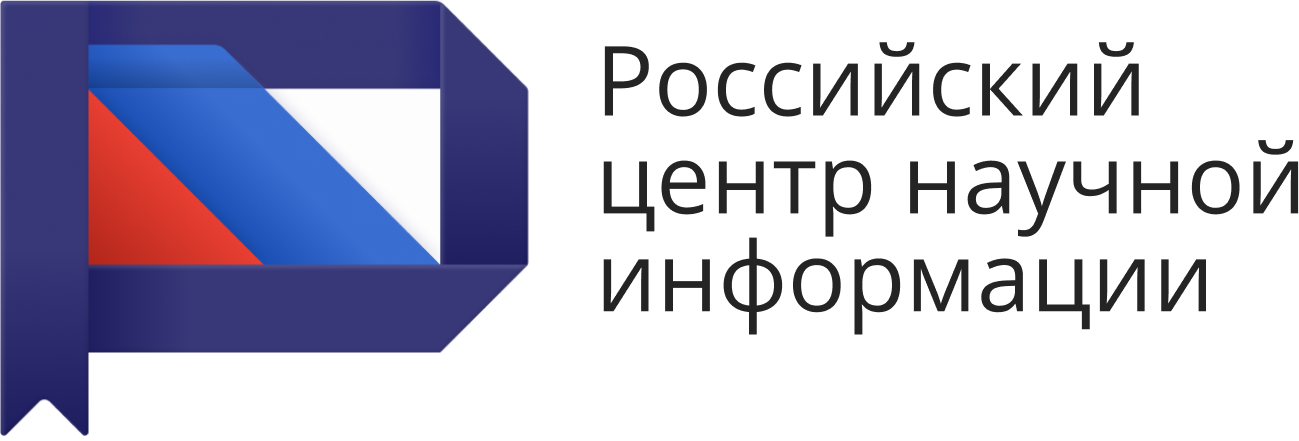Chirality and Handedness of Protein Structures
- Авторы: Efimov A.V.1
-
Учреждения:
- Institute of Protein Research
- Выпуск: Том 83, № 1 (2018): Suppl
- Страницы: S103-S110
- Раздел: Review
- URL: https://journals.rcsi.science/0006-2979/article/view/151584
- DOI: https://doi.org/10.1134/S0006297918140092
- ID: 151584
Цитировать
Аннотация
In proteins, the polypeptide chain forms a number of right-and left-handed helices and superhelices, right-and left-turned hairpins, and some other structures that are nonsuperimposable, although they are not mirror images of each other as the Lamino acids are not converted to the Damino acids. This property of protein structures will be referred to here as pseudo-chirality–or handedness. It has been shown that there are two kinds of handedness in proteins–helical handedness and handedness of arrangement. Some protein structures exhibit both the kinds of handedness. Handedness is observed at all levels of protein structural organization–from α-helices, β-strands, hairpins, βαβ-units up to complex structural motifs, superhelices, and supramolecular structures in fibrous and polymer proteins. There are several structures that have unique handedness in proteins, for example, α-helices, αα-corners, βαβ-units, abcd-units, and so on. This property of the polypeptide chain is of particular value in protein folding and protein modeling, because it drastically reduces the number of possible folds.
Ключевые слова
Об авторах
A. Efimov
Institute of Protein Research
Автор, ответственный за переписку.
Email: efimov@protres.ru
Россия, Pushchino, Moscow Region, 142290
Дополнительные файлы







